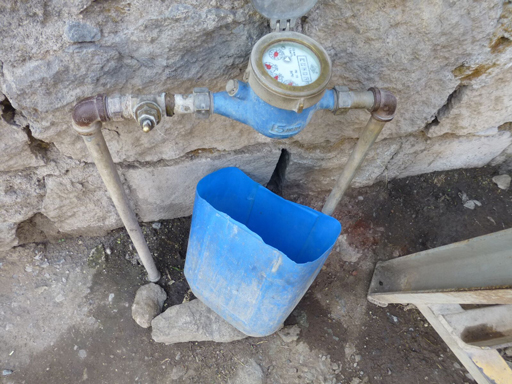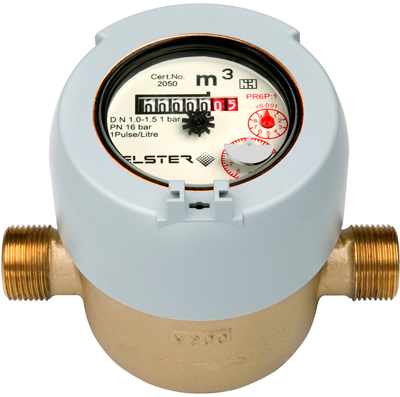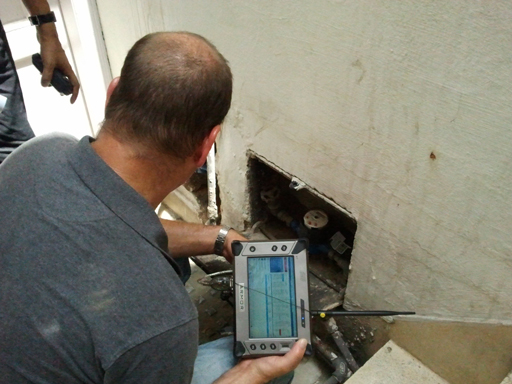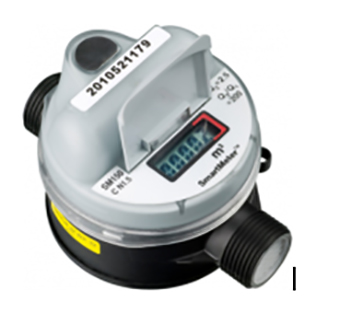13.4.1 Simple and smart meters
A water meter can be placed below ground level, in a silo with a cover that can be lifted to reveal the meter; above ground, within the compound of the property (Figure 13.1); or on public land outside the property concerned.

Water meters can be simple, or fitted with automatic meter reading technology. With a simple meter (Figures 13.1 and 13.2), commonly found in Ethiopia, a meter reader employed by the water utility visits the household and physically notes down the meter reading each month to record usage. The meter reader then goes back to the water utility office and passes the reading to the Billing Department staff, who then generate a water bill.

Where a meter has the facility for automatic meter reading, a meter reader visits the property with a handheld computer or data collection device, as shown in Figure 13.3. The device has an electronic probe. The meter is touched with the probe and a signal from it interrogates the meter and downloads the data needed. Systems are also available by which a meter reader can obtain the required data by walking near the meter, or driving by in a vehicle. The data are downloaded later into a computer that can then automatically and speedily generate a bill.

There are also smart meters (Figure 13.4) that transmit meter readings using wireless technology every hour to the water utility that supplies the water and also to a device in the home or property, so that usage can be monitored. The water bill can be generated rapidly by a computer at the water utility, without a meter reader having to visit the meter. The meter readings are usually monitored by the water utility and a sudden rise in the meter reading can generate a warning that possibly a leak has arisen.

The different types of water meter have their advantages and disadvantages. The simple meter is robust and inexpensive, while meters with automatic reading facilities and smart meters are costly and sensitive to mishandling. Simple meters, unlike automated and smart meters, require people to take readings and generate a bill, but this gives employment. Automated and smart meters can be used to generate water bills rapidly but require technical expertise to keep them functional.
13.4 The billing process
